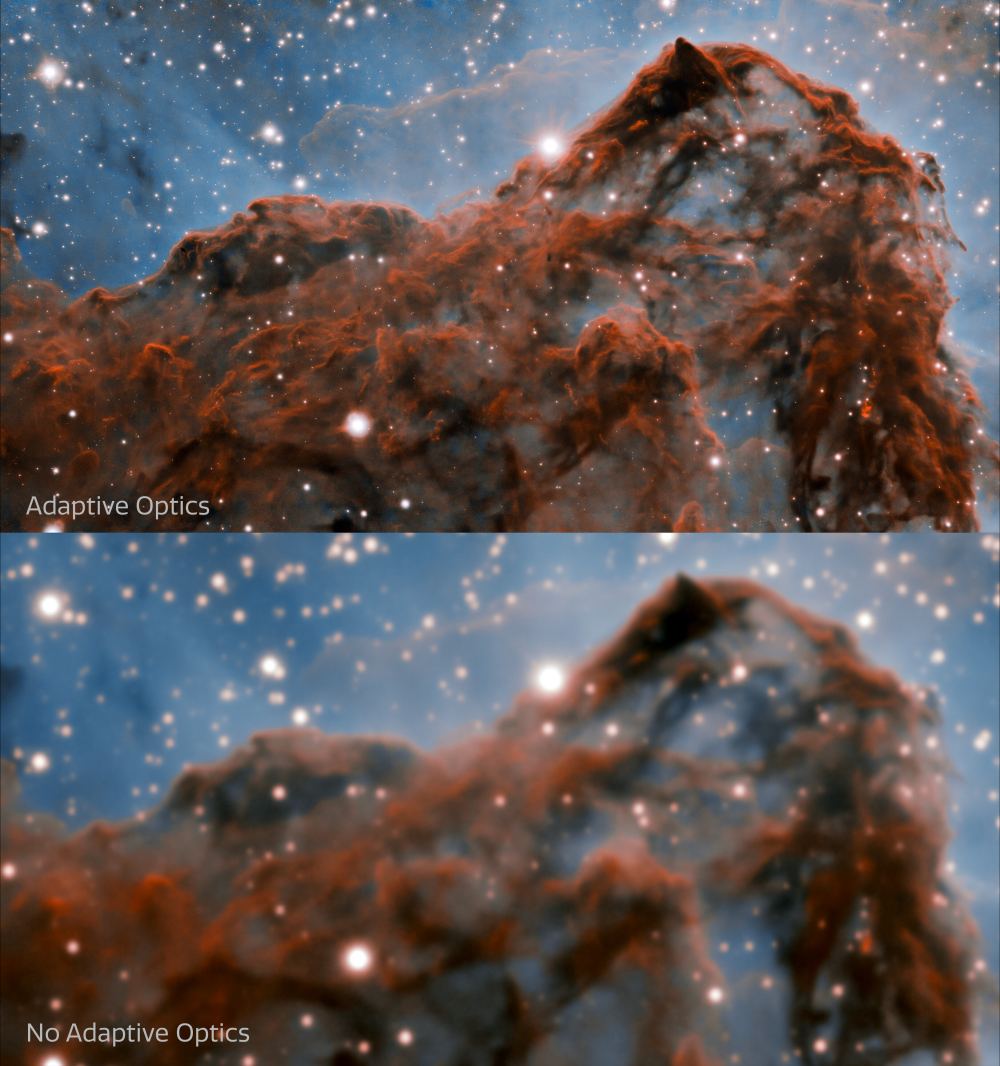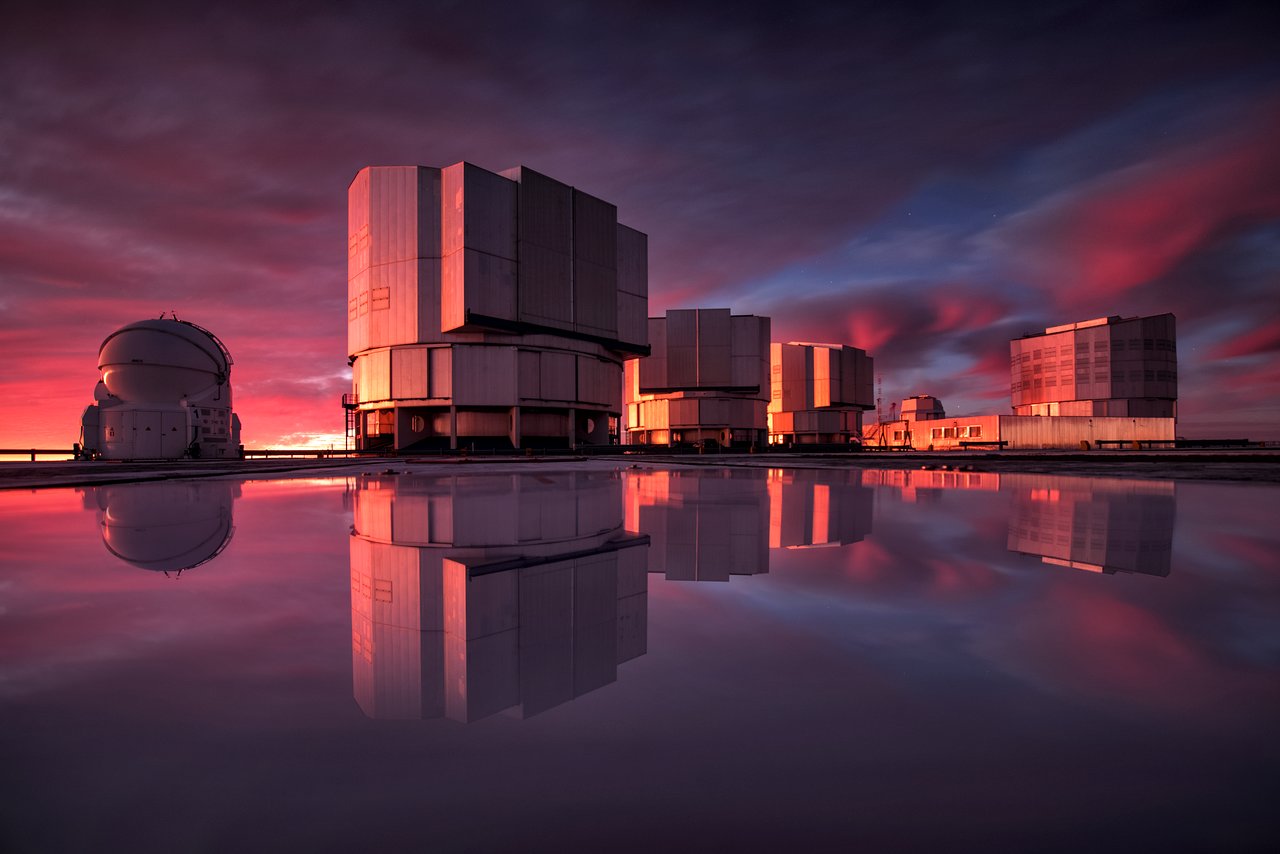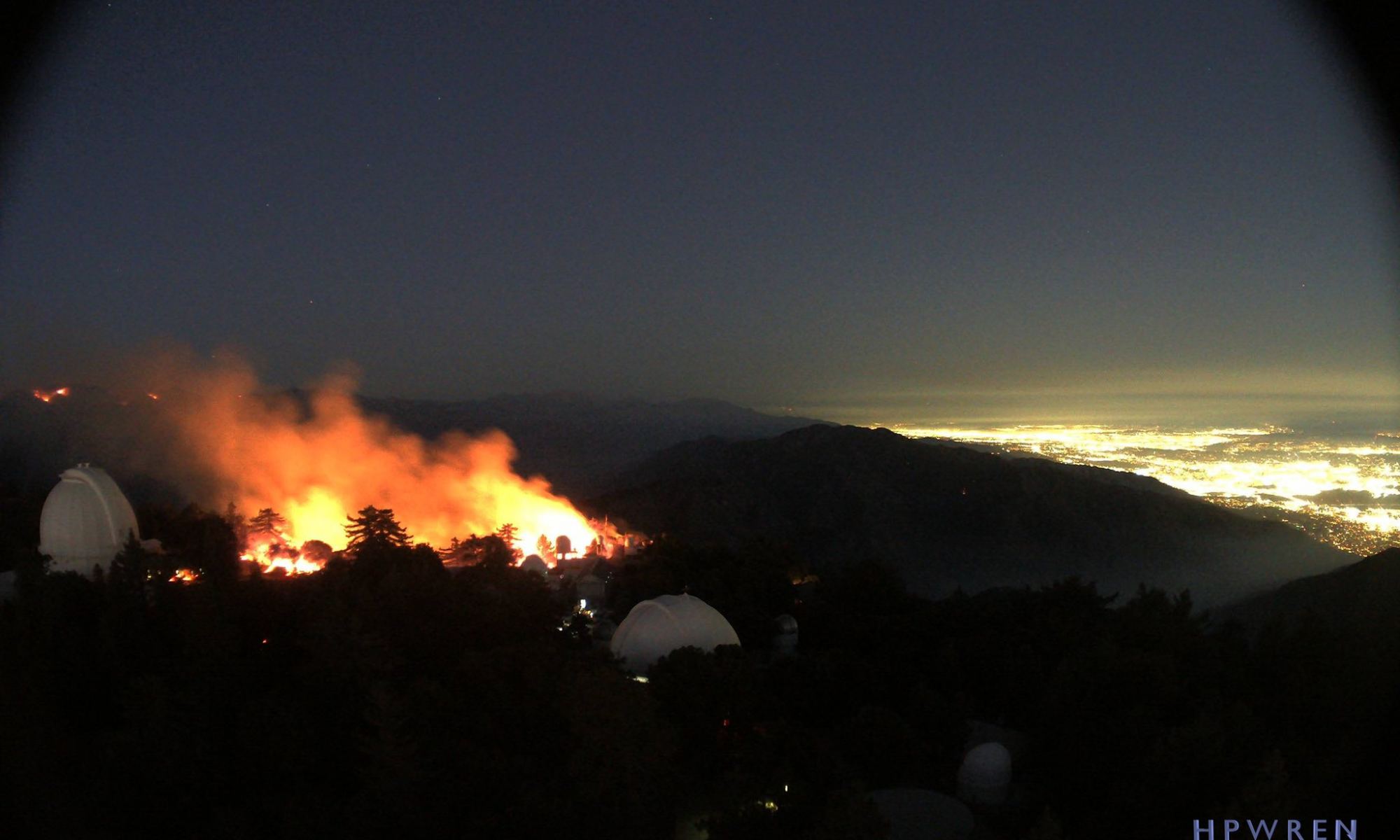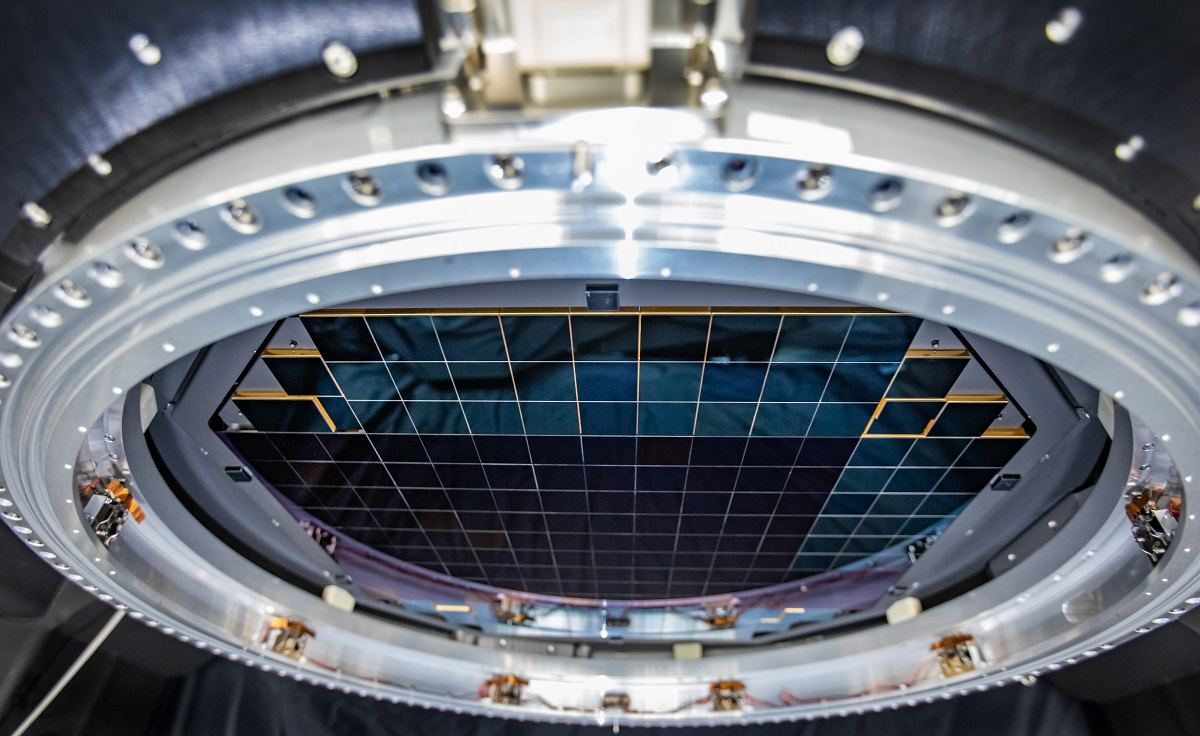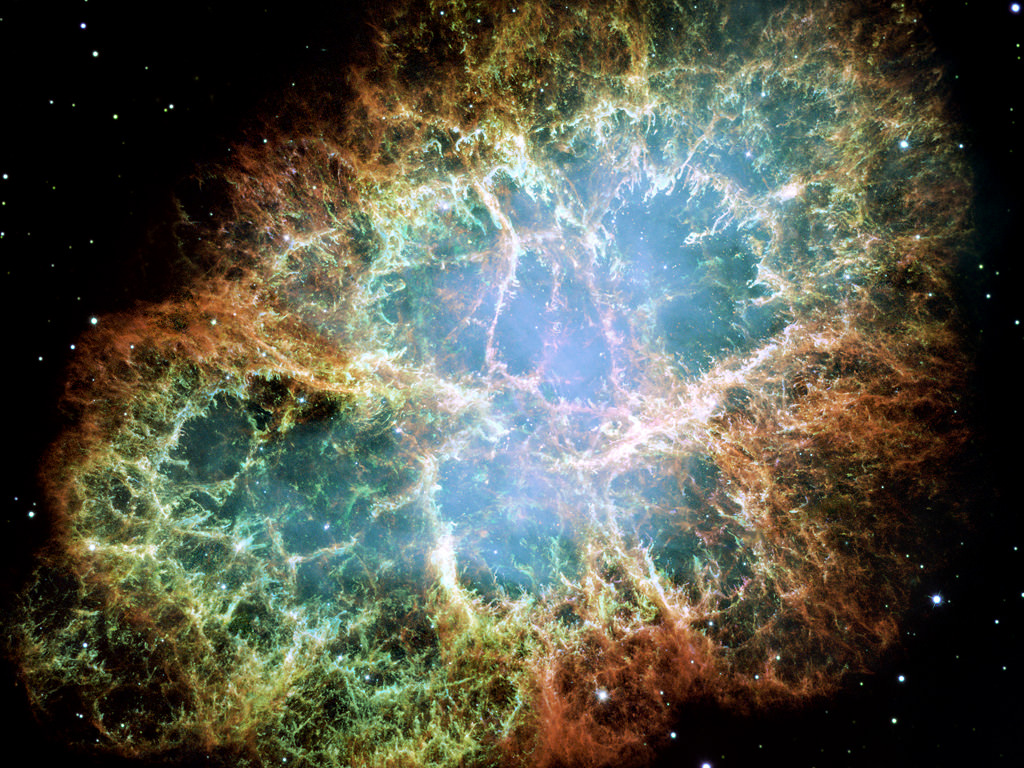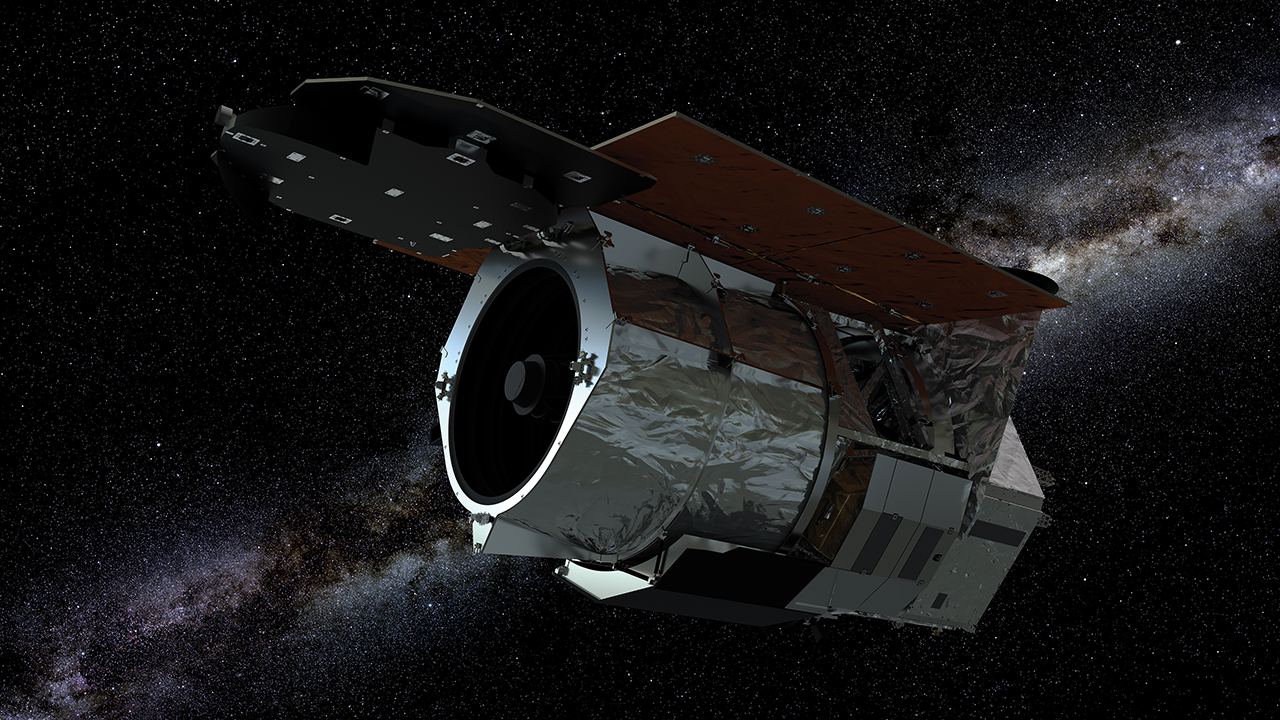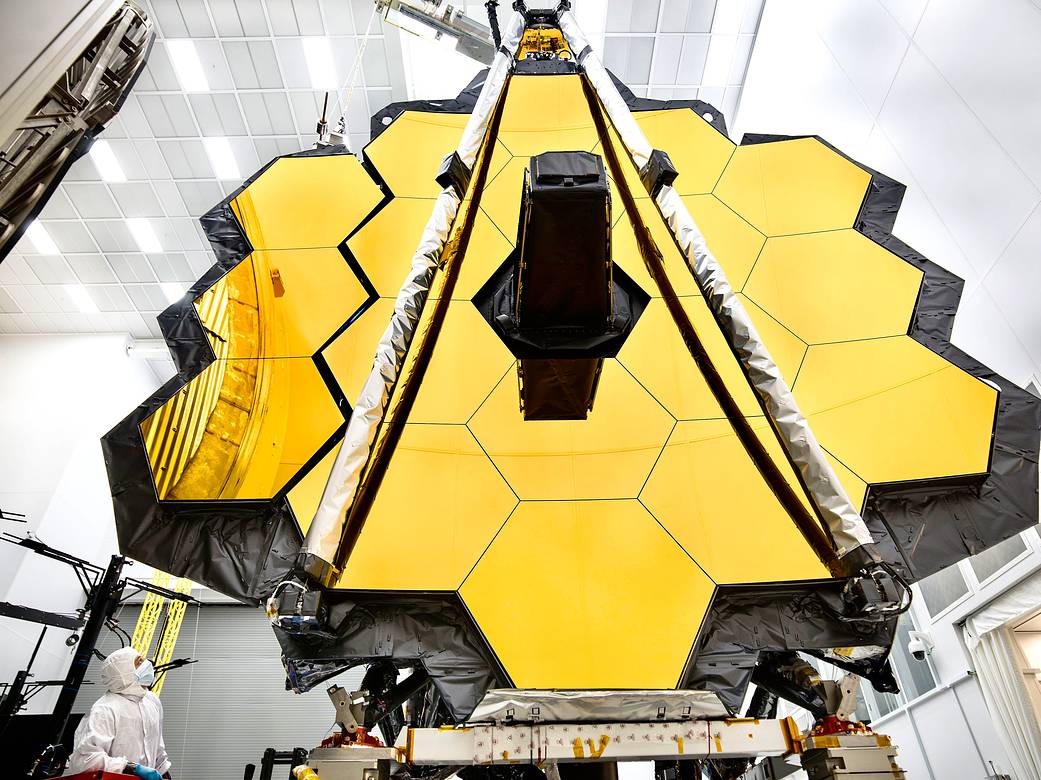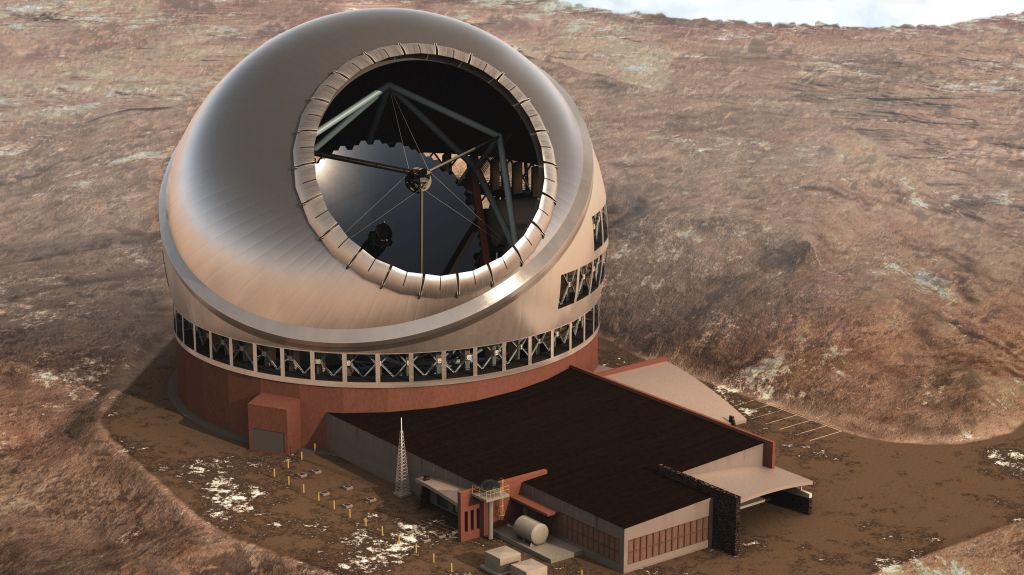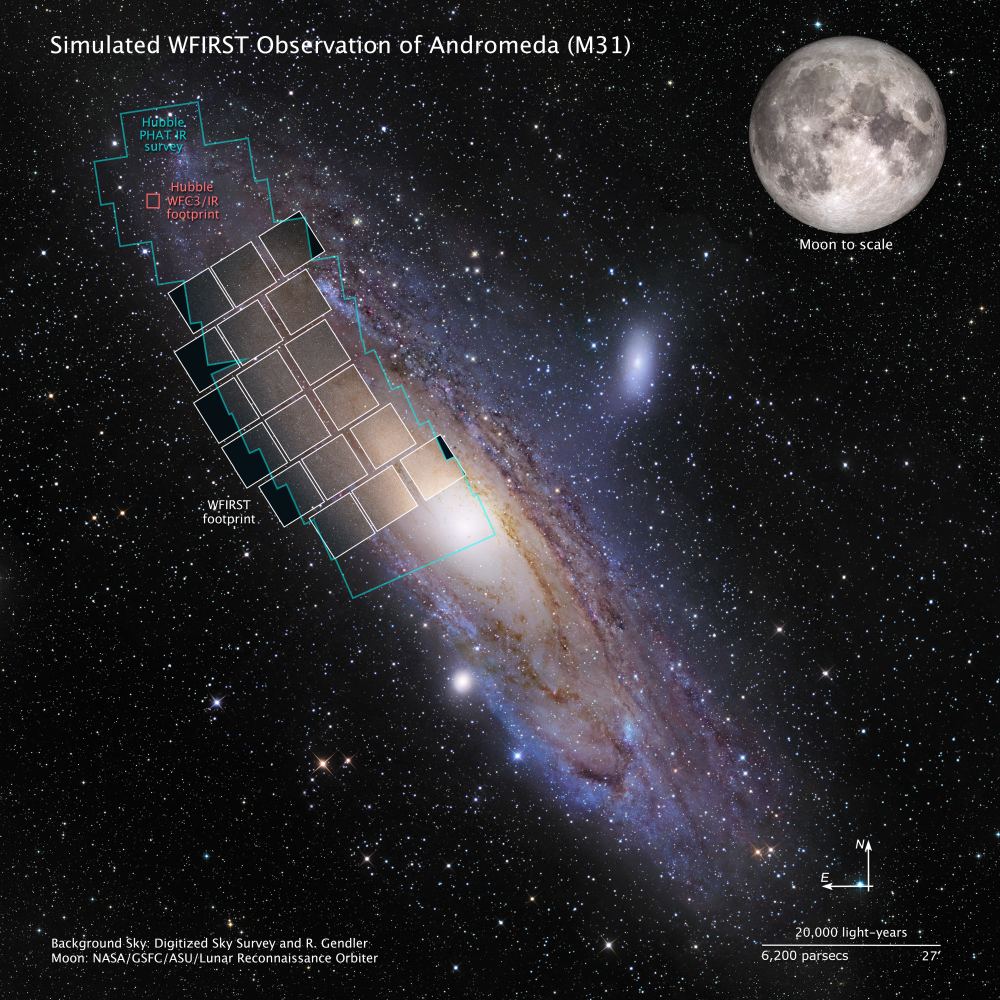Every year, the Pacific Northwest and California experience “wildfire season,” a period where heat and low humidity combine, leading to an increased risk of fires. This year has been particularly bad and in California alone, wildfires have destroyed over two million acres of land, forced hundreds of thousands of people from their homes, and threatened many historic institutions and landmarks.
One of them is the Mount Wilson Observatory that sits atop Mount Wilson in the San Gabriel Mountains overlooking Pasadena (northeast of LA). This famous observatory is home to several telescopes that were, for a time, the largest of their kind in the world. And thanks to the heroic efforts of firefighters, it looks as though the Mt. Wilson Observatory is now safe amid a particularly bad wildfire season.
Continue reading “It Looks Like Firefighters Saved Mt. Wilson Observatory”
